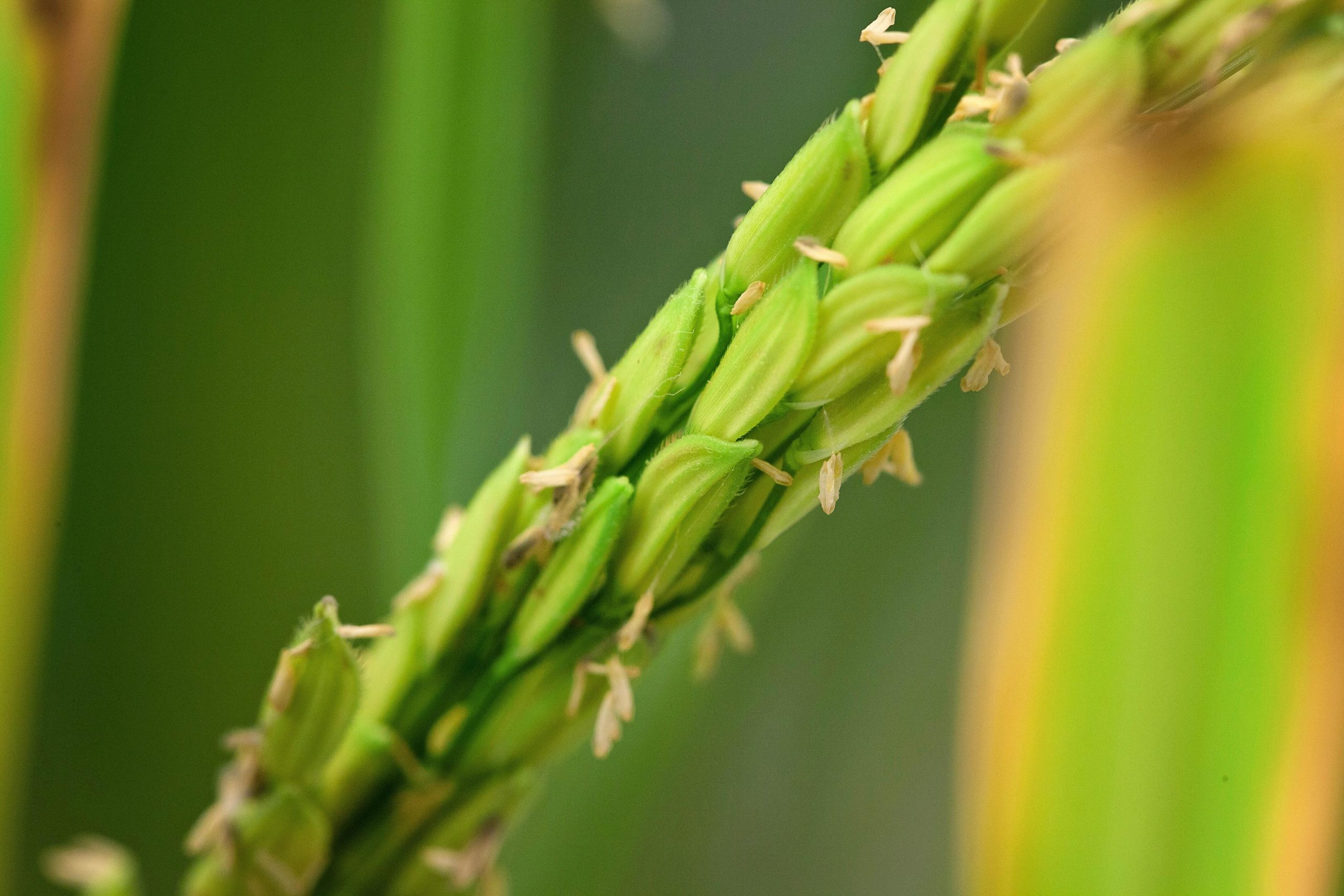By
A RIPE team used CRISPR/Cas9 to increase gene expression in rice by changing its upstream regulatory DNA. While other studies have used the technology to knock out or decrease the expression of genes, their research is the first unbiased gene-editing approach to increase gene expression and downstream photosynthetic activity. Credit: RIPE Project
Researchers from the Innovative Genomics Institute at the 2018 Nature Communications paper that increased water-use efficiency in crops through the overexpression of one of these genes, PsbS, in plants, the Niyogi lab, and its leader Kris Niyogi, wanted to figure out how to change the expression of a plants’ native genes without adding foreign DNA. Given that rice is a staple food and has only one copy of each of the three key photoprotection genes, it was chosen as the ideal candidate for this study.
The researchers used CRISPR/Cas9 to change the DNA upstream of the target gene, which controls how much of the gene is expressed and when. They aimed to discover how such changes could enhance downstream activity.
Surprising Results from Gene Expression Studies
The results of their experiments exceeded expectations. “The changes in the DNA that increased gene expression were much bigger than we expected and bigger than we’ve really seen reported in other similar stories,” said Patel-Tupper, an AAAS Science and Technology Policy Fellow at the USDA.
“We were a little bit surprised, but I think it goes to show how much plasticity plants and crops have. They’re used to these big changes in their DNA from millions of years of evolution and thousands of years of domestication. As plant biologists, we can leverage that ‘wiggle room’ to make large changes in just a handful of years to help plants grow more efficiently or adapt to climate change,” he added.
Impact and Efficiency of Gene Modifications
The researchers learned that inversions, or “flipping” of the regulatory DNA, resulted in increased gene expression of PsbS. Unique to this project, after the largest inversion was made to the DNA, the team members conducted an DOI: 10.1126/sciadv.adm7452
The Realizing Increased Photosynthetic Efficiency (RIPE) project receives support from the Bill & Melinda Gates Foundation, Foundation for Food & Agriculture Research, and the U.K. Foreign, Commonwealth & Development Office.












/https://tf-cmsv2-smithsonianmag-media.s3.amazonaws.com/filer_public/d1/82/d18228f6-d319-4525-bb18-78b829f0791f/mammalevolution_web.jpg)







Discussion about this post